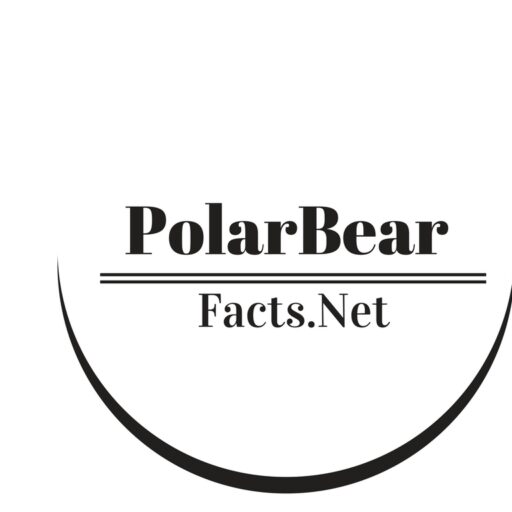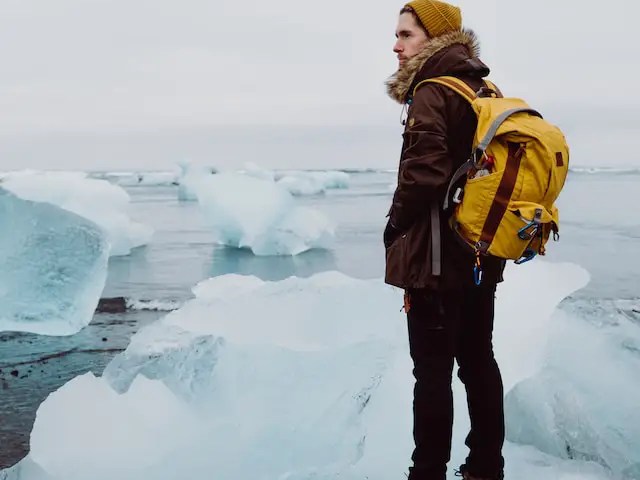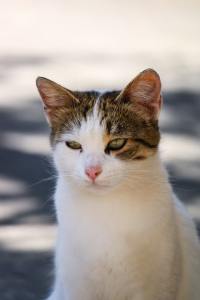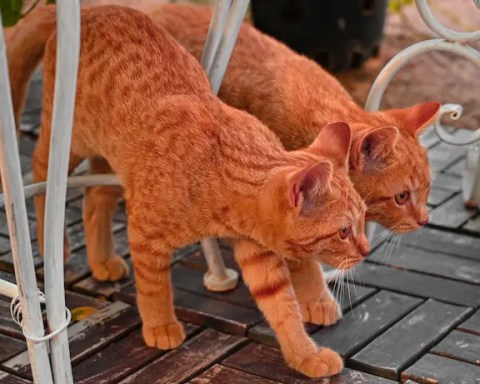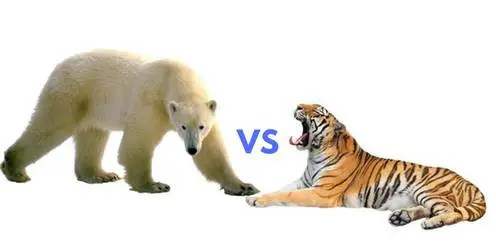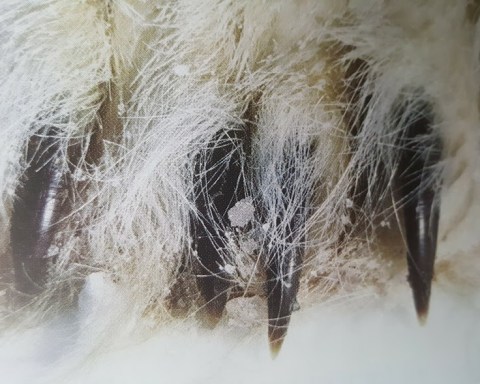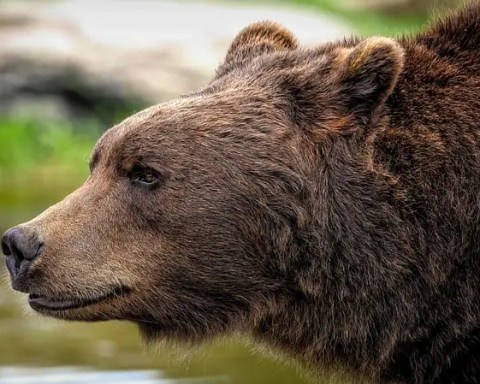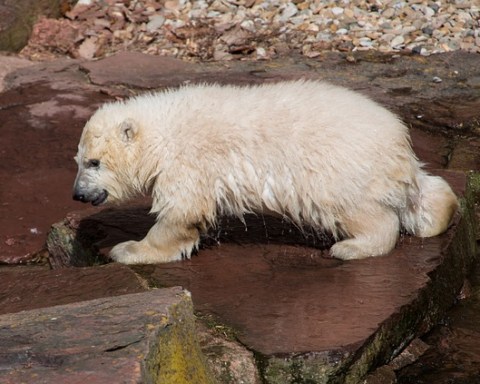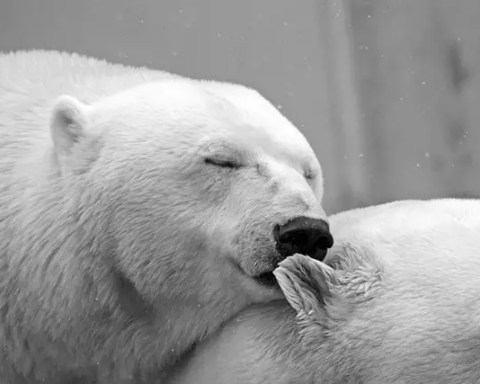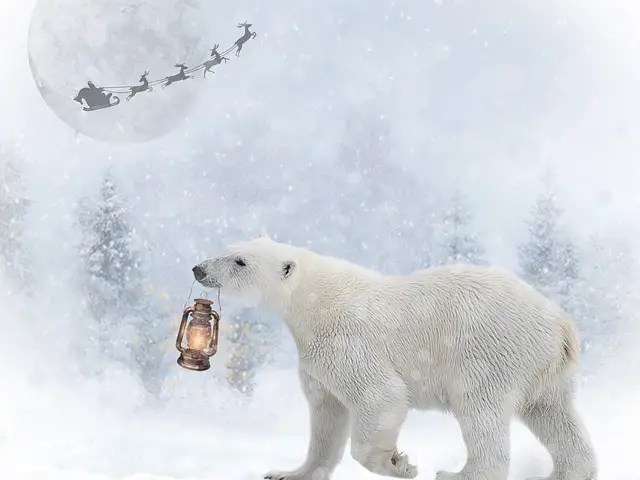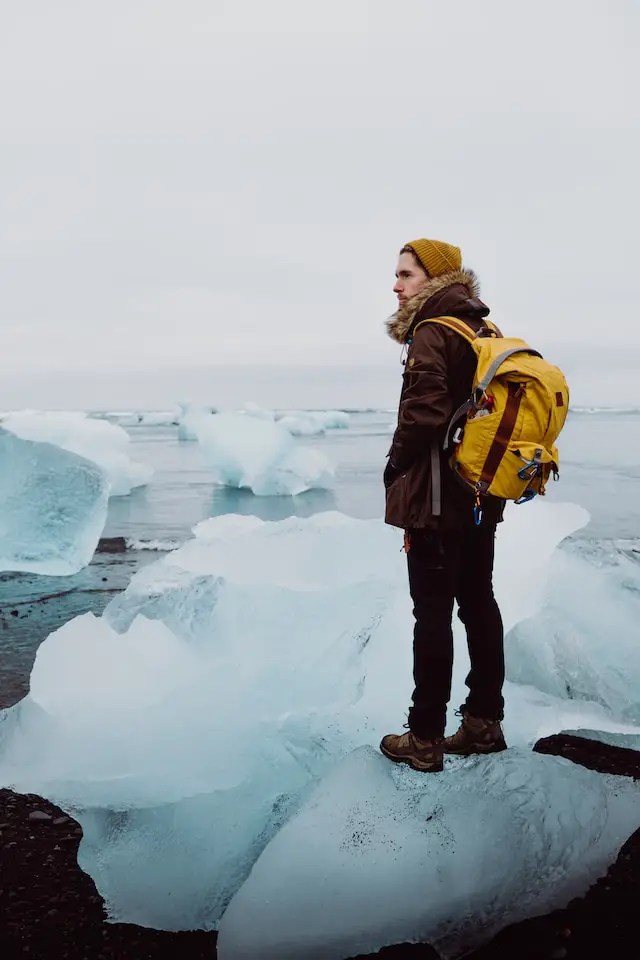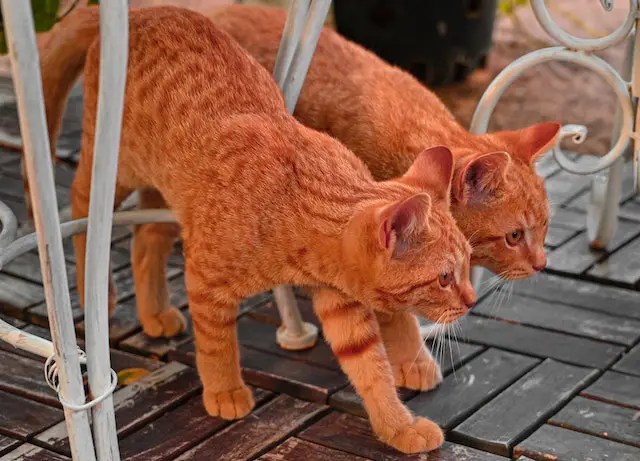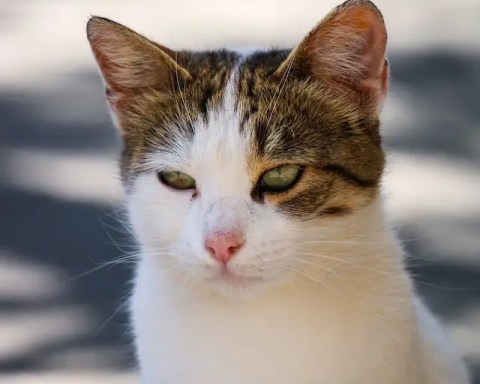Brief: Discover the key steps to becoming a Polar Explorer in this concise and clear education guide. Learn about the necessary skills,
MoreAnimal shelters are a vital resource for distressed and abandoned creatures worldwide. These are institutions where stray, lost, or surrendered animals (mostly dogs and cats) are housed, treated, and looked after until
MoreCBD for Cats with Kidney Disease: Hope or Hype? The cannabis market
Introduction There is no disputing that Golden Retrievers are becoming widely attractive.
Polar Bear Behavior
View AllPolar bears (Ursus maritimus) and tigers (Panthera tigris) are the apex predators—they stand at the top of their food chain. Siberian tiger
MoreLike all bears, the polar bear has five pointed horny nails on
Grizzlies are close cousins of polar bears. Although polar bears (Ursus maritimus)
In this article we are going to discuss about polar bear giving
Diet
View AllPolar bears are the one of the biggest bears—second only to Kodiak bears. Big male bears are twice the size of adult
MoreAccording to a legend, many centuries ago one of the individuals of some indigenous group consumed a polar bear liver and he
MoreSeals make up much of the polar bear’s diet. And luckily for polar bears seals are quite abundant in the Arctic. Polar
MoreHabitat
View AllWhat is International Polar Bear Day? The International Polar Bear Day is also called the National Polar Bear Day. The day is
MorePolar bear (Ursus mritimus) is a threatened species and in the next
The polar bear’s official status is Vulnerable as listed by the International
Polar bears are likely to go extinct before the end of the
Latest
View AllYou can edit this text. Or remove it.
Brief: Discover the key steps to becoming a Polar Explorer in this concise and clear education guide. Learn about the necessary skills, training, and experiences required for embarking on thrilling polar expeditions. Prepare yourself for the challenges of the frozen wilderness with expert advice and tips from seasoned explorers. Uncover a world of adventure as you embark on a journey
Continue ReadingAnimal shelters are a vital resource for distressed and abandoned creatures worldwide. These are institutions where stray, lost, or surrendered animals (mostly dogs and cats) are housed, treated, and looked after until a potential adoption occurs. Whether they are a pet in their lifetime, every animal deserves to be loved - sadly, not all of them are lucky enough to
Continue ReadingCBD for Cats with Kidney Disease: Hope or Hype? The cannabis market is currently developing products specifically for pets, so many pet owners are seeking information on the medicinal properties of various weed products for their cats. Many vets and feline pet owners have expressed increased interest in CBD products, specifically food supplements and medically enhancing products. Unfortunately, cats are
Continue ReadingIntroduction There is no disputing that Golden Retrievers are becoming widely attractive. Golden Retrievers have always been in the top world’s most liked breeds for the previous few years, and have been the world’s most liked breed since the year 2013. However, as the prominence of the breed develops, so does the quantity of breeders. Not all of these breeders are reputable, so
Continue ReadingPolar bears are the one of the biggest bears—second only to Kodiak bears. Big male bears are twice the size of adult tigers. But where is the world’s biggest polar bear? Is it alive or dead? Did scientists find the world’s largest polar bear in captivity or in the natural habitat? We are going to address these vital questions in
Continue ReadingAbout Us
In time of ancient gods, warlords and kings, a land in turmoil cried out for a hero. She was Xena, a mighty princess forged in the heat of battle. The power. The passion. The danger. Her courage will change the world.
Featured
Brief: Discover the key steps to becoming a Polar Explorer in this concise and clear education guide. Learn about the necessary skills,
MoreAnimal shelters are a vital resource for distressed and abandoned creatures worldwide. These are institutions where stray, lost, or surrendered animals (mostly
MoreCBD for Cats with Kidney Disease: Hope or Hype? The cannabis market is currently developing products specifically for pets, so many pet
MoreIntroduction There is no disputing that Golden Retrievers are becoming widely attractive. Golden Retrievers have always been in the top world’s most
MoreAuthors
Through this blog I am not only going to initiate the debate over polar bears—in fact I’ll be looking forward to initiating genuine wisdom and perspective on polar bears. The polarbearfacts.net is a project which is designed to educate just about everyone including teachers, scholars, students, kids, and laymen but, above all, the polar bear lovers!
